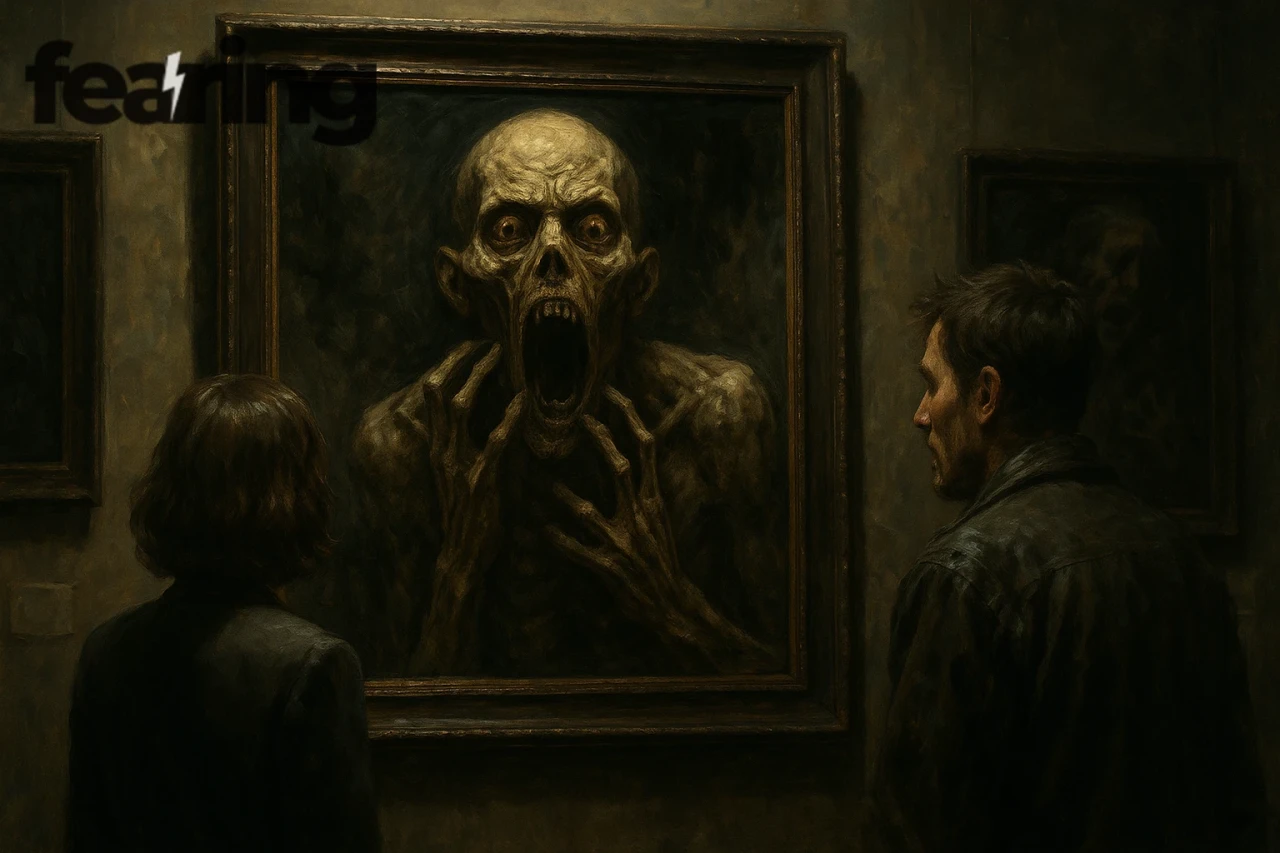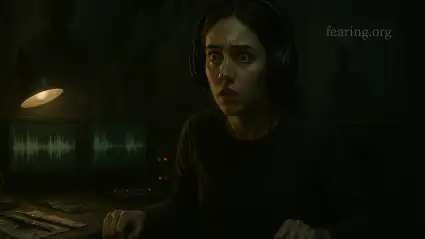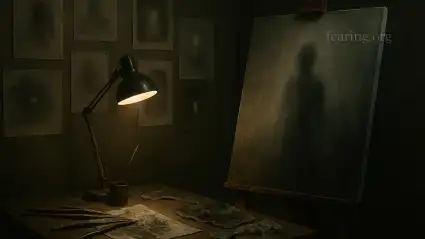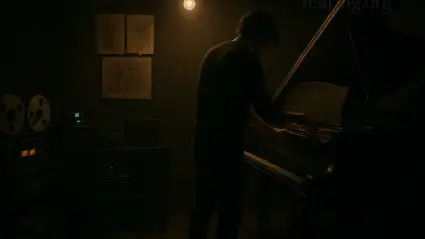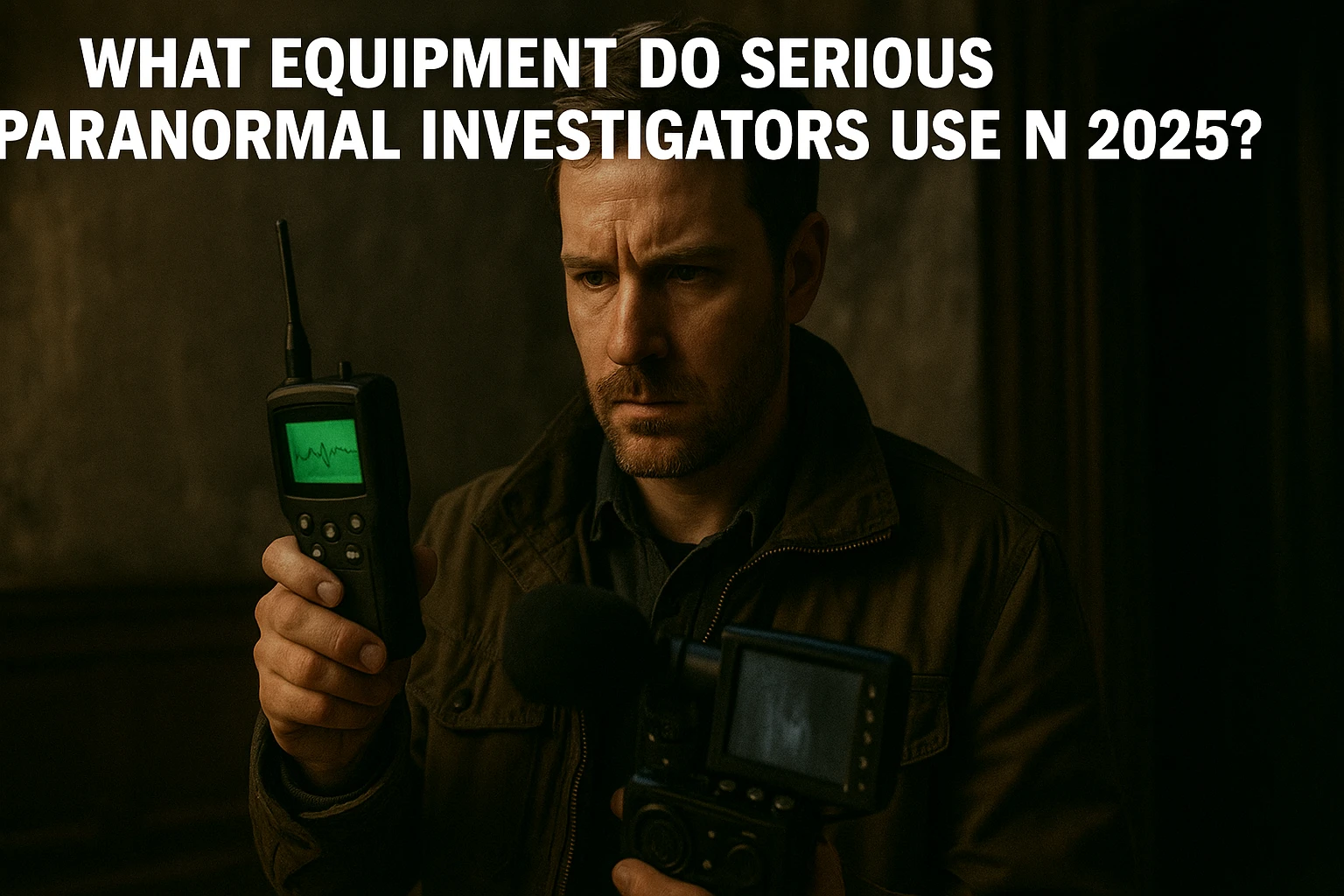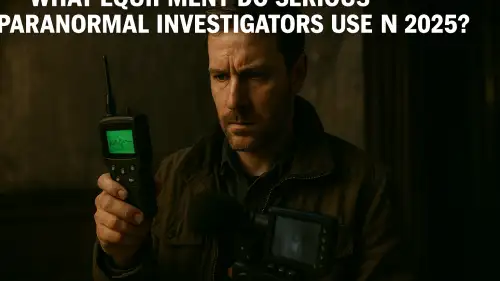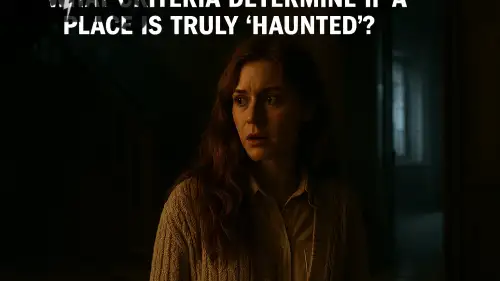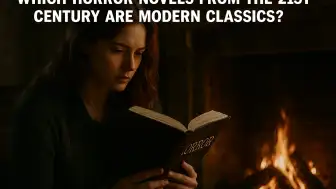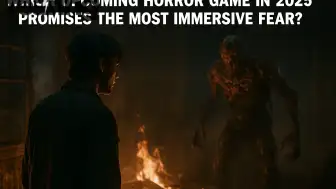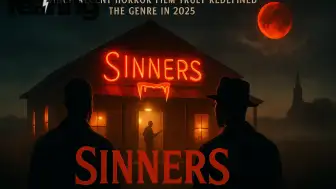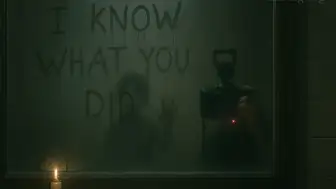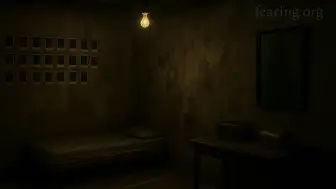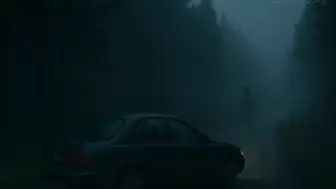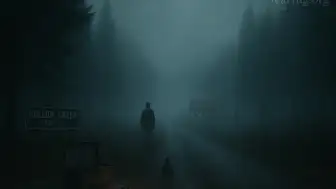Fear has many languages — the sharp scream of cinema, the slow dread of a novel, the uneasy silence of a painting. In visual art, terror doesn’t move or speak. It waits. A single image can hold tension for hours, long after the viewer has walked away. While film and literature guide audiences through narrative and time, visual art traps fear in a frozen instant — making it inescapable and deeply personal.
The difference lies in control. In movies and books, creators pace the experience. In art, the fear unfolds on the viewer’s terms. You decide how long to look, and that freedom becomes part of the unease.
The Stillness of Terror
A horror film builds momentum — sound rises, shadows shift, something happens. A horror novel uses words to guide imagination — a voice whispering fear into your mind one sentence at a time. Visual art, however, offers no sequence. There’s no beginning or end, only the disturbing now.
When you stand before an unsettling painting or sculpture, time stops. You’re trapped inside a single moment that never resolves. The creature never blinks, the figure never moves, the silence never breaks. This stillness invites the mind to fill the gaps — to invent motion, sound, and story. The brain becomes the projector, replaying its own horrors in the still image.
That psychological participation is what makes visual art uniquely powerful. Fear doesn’t just emerge from the artwork; it comes from within you.
The Power of Suggestion and Ambiguity
Horror in visual art often thrives on suggestion — what you think you see rather than what’s actually there. Painters like Zdzisław Beksiński or Francisco Goya mastered this tension. Their figures twist in impossible forms, yet their meanings remain open. Is the creature suffering, worshipping, or screaming? The uncertainty itself becomes frightening.
Film and literature can eventually reveal their monsters. In visual art, the mystery is permanent. The more you look, the less you understand — and that lack of clarity feeds the imagination. Every interpretation feels right and wrong at once. The unknown is never resolved, which is the purest form of fear.
The Absence of Sound and Motion
Without sound or motion, visual horror must rely on composition and detail. Artists use techniques like distortion, contrast, and negative space to create emotional dissonance. A painting may appear calm at first glance, but hidden shapes or unnatural symmetry make the viewer uneasy.
Where film might use a sudden violin shriek, visual art whispers. The mind supplies the sound, often far more frightening than any soundtrack could provide. Silence becomes its own form of noise — a reminder that something is wrong precisely because everything looks still.
Emotional Isolation and Intimacy
In literature or cinema, fear is shared. You sit in a theater, surrounded by others gasping at the same moment. You read a novel, guided by an author’s pacing and tone. But in front of a painting, you stand alone. There’s no collective reaction, no cue for when to feel scared.
That solitude deepens the effect. The artwork speaks only to you. Its meaning changes depending on your memories, traumas, and beliefs. What terrifies one person might leave another indifferent. In that subjectivity lies the art form’s true power: it personalizes fear.
The most haunting images are often mirrors — they reflect parts of ourselves we’d rather not face. The terror isn’t on the canvas; it’s in the recognition that something inside us responds to it.
Fear Through Form, Color, and Texture
Visual artists manipulate the senses in subtle ways to evoke discomfort:
Distortion: Twisting familiar shapes or bodies destabilizes the mind.
Color: Desaturated tones, sickly greens, or violent reds trigger instinctive reactions.
Texture: Rough, decayed, or uneven surfaces create tactile unease, even from a distance.
Composition: Off-center framing or broken symmetry disrupts balance, making the viewer physically tense.
Unlike film, which builds tension through movement, visual art embeds unease in every brushstroke. Even beauty can become unsettling when presented with too much precision or perfection. A flawless face with eyes that don’t blink can be far more terrifying than a monster drenched in blood.
The Viewer’s Role in Completing the Horror
In a painting, nothing moves unless the viewer’s imagination makes it move. That’s the secret to visual horror: it hands control back to you — and then lets you betray yourself. You begin to project your own fears onto the image.
This participatory quality makes visual art more introspective. You don’t just witness terror; you collaborate with it. The longer you stare, the more you contribute. In this way, the artwork becomes a living entity, fueled by attention.
Horror Without Escape
Film ends when the credits roll. A novel closes when the last page turns. But a haunting painting doesn’t release you so easily. Its image lingers, resurfacing at unexpected times — in dreams, in darkness, in the corners of memory.
That permanence is what separates artistic fear from cinematic fear. Visual horror doesn’t rely on time; it relies on stain. Once seen, it marks you.
A Universal Language of Dread
Visual horror transcends language and culture. A person in Tokyo, Paris, or Istanbul can look at the same disturbing image and feel the same pulse of anxiety. Words and translation are unnecessary; fear in art is purely visual, primal, and immediate.
It reaches the subconscious faster than text or dialogue ever could. A single glance can bypass rational thought entirely, evoking reactions older than language itself — the instinct to recoil, to hide, to stare despite yourself.
The Future of Fear in Art
In 2025, digital artists are pushing this relationship even further. Interactive galleries, augmented reality exhibits, and AI-generated visuals allow viewers to step into the nightmare. The image no longer sits on the wall — it surrounds you, watches you, reacts to your gaze.
Technology may blur the lines between static and moving art, but the core remains unchanged. Fear in visual art will always depend on what can’t be explained — the emotion that rises before logic has time to interfere.

